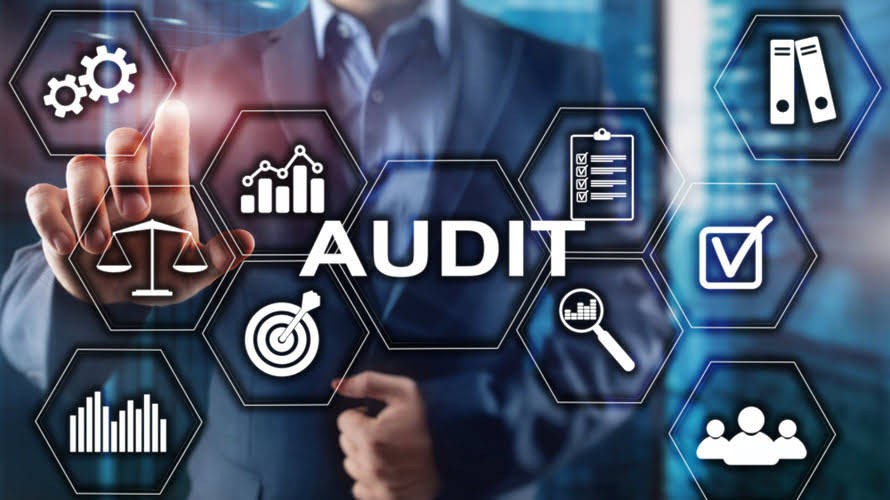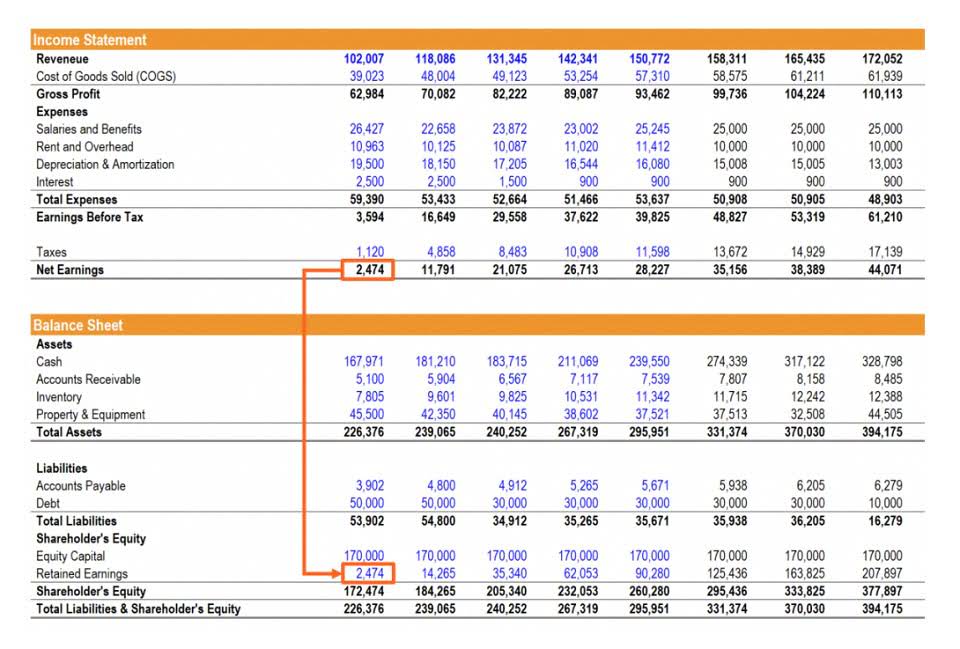
For example, imagine you’re a small business owner who issued a check for $500 to a supplier two months ago. You would then mark this check as outstanding and follow up with the supplier to ensure they received it and understand why it hasn’t been deposited. To illustrate, consider a company that issues a check for $10,000 at the end of December. If the check is not cashed until January, the company’s December cash balance will appear $10,000 higher, potentially affecting decisions made based on year-end financial statements.
- This discrepancy arises because the timing of the check writer’s record-keeping does not align with the bank’s transaction processing.
- To illustrate, consider a company that issues a check for $10,000 at the end of the month for inventory purchases.
- In conclusion, resolving outstanding checks requires effective communication with the bank, diligent tracking and follow-up, and a thorough reconciliation process.
- It is imperative for an issuer to provide payees with timely communication regarding the issuance of a check as well as any pertinent details as soon as possible.
- By leveraging automation and real-time data, businesses can minimize the risk of financial discrepancies and maintain a stronger grasp on their fiscal responsibilities.
- This cultural shift towards financial diligence can lead to more consistent monitoring and quicker resolution of outstanding items.
Keep Records
The payee should contact the issuer to request a new check if this occurs. Search and claim from our inventory of checks that have been issued but remain uncashed. This process is part of the accounting cycle, allowing the company to accurately report cash, a current asset, on its balance sheet. There is no need for the company to write a journal entry, as the checks were recorded in the company’s general ledger account when the checks were written. Instead of doing a bank reconciliation manually and risking oversight, you need expense Mental Health Billing management software to ensure efficiency and accuracy. Or if a debtor has paid you via check and you’ve credited the account, but the receivable isn’t reflected yet in the bank statement.

How Much Money Is 6 Digits? Income vs. Net Worth
- Additionally, embracing electronic payments where possible can significantly reduce the incidence of outstanding checks.
- Meanwhile, financial analysts stress the importance of understanding the implications of outstanding checks on a company’s liquidity and cash flow statements.
- Advanced accounting software can streamline the recognition of outstanding checks.
- An outstanding check remains a liability of the payer until such time as the payee presents the check for payment, which then eliminates the liability.
- The reconciliation process will identify these differences as due to outstanding checks.
The money to cover the check must be available when your recipient deposits the check. Outstanding checks create liabilities for issuers, payees, and financial institutions. For issuers, poor management of these checks can lead to financial and legal consequences. For example, voiding a check without notifying the payee could result in claims for non-payment. This is particularly critical for payroll checks, where labor laws mandate timely payment to employees.
- In some cases, a check could be misplaced or accidentally destroyed by the payee, preventing it from ever being presented for payment.
- This not only saves time but also provides a clear picture of the business’s financial health.
- Writing checks makes it possible for organizations and individuals to make payments without requiring instantaneous cash or electronic transactions to be completed.
- For businesses, uncashed checks can eventually be subject to unclaimed property laws, requiring the funds to be turned over to the state after a specified period.
What happens to an uncashed personal check?
Accounting software can alert you when a check has been outstanding for too long. These tools also help identify duplicates, reduce manual errors, and streamline reconciliation. Include information about issued, voided, and reissued checks and any relevant notes to support audits and internal reviews. A helpful tip is to match records regularly, either monthly or weekly, to catch discrepancies early and avoid any last-minute surprises at the end of the month. Add up the amounts of all checks that have been issued but haven’t yet cleared the bank. It may be necessary to issue a new check without getting the old check back if the original check was lost or destroyed.
Understanding Outstanding Checks: Definition, Risks, and Ways to Avoid

Even if the checkwriter has sufficient funds, any delay from the depositor simply means higher interest revenue on the capital balance waiting to be drawn down. Once you understand what outstanding checks are and why they matter, the next step is learning how to record outstanding checks in bank reconciliation accurately and consistently. However, if a company voids one of its outstanding checks, the company will need to make an entry in its general ledger. The credit portion of the entry will likely be to the account that was originally debited when the check was issued. The check that was voided is also removed from the list of outstanding checks. Doing them monthly after receiving the bank statements helps the financial department to close off the month and carry over the balance to the next one.


If it is voided, you still need to put a stop payment request on the check. This prevents someone from trying to cash or deposit it and possibly having it affect your account balance. You can then work out a resolution with the payee, perhaps a different payment method. When dealing with outstanding checks outstanding checks, it is essential to be aware of various legal considerations and regulatory requirements. These considerations include both the payor’s and the payee’s obligations concerning outstanding checks and their implications on financial reporting.
How Do I Reconcile Outstanding Checks with My Bank Statement?
If your payee has requested another check for any reason, make sure to ask for the old check back before they do. If they are unable to, consider asking you bank for a “stop payment” on the old check. Unfortunately, stop payment requests cost money, and they only last for six months which means you may have to repeat the process. There are two parts to a bank reconciliation, the book (company) side and https://dev-al-banoosh.pantheonsite.io/bookkeeper-roles-and-career-path-a-comprehensive/ the bank side.
